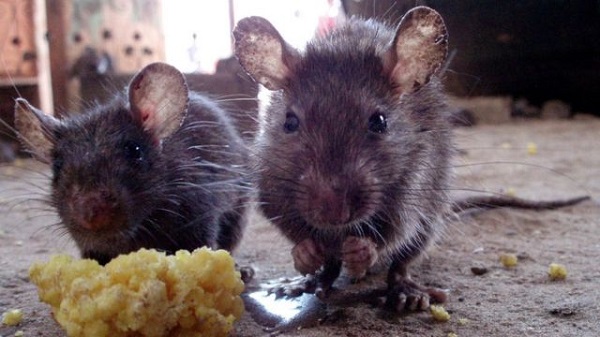
The Nigeria Centre for Disease Control and Prevention (NCDC) has raised fresh concerns over the country’s Lassa fever situation as the disease continues to claim more lives and spread to new areas despite ongoing response efforts.
In its latest situation report for Epidemiological Week 23, covering June 2 to 8, 2025, the NCDC confirmed that Nigeria has recorded 143 deaths from 758 confirmed Lassa fever cases so far this year. This brings the current case fatality rate (CFR) to 18.9 per cent, an increase from the 17.8 per cent reported during the same period in 2024, signalling a worrying trend that public health officials say requires urgent action.
The agency revealed that 11 new confirmed cases were detected in the past week, up from the eight recorded the previous week, with the fresh cases emerging in Ondo, Edo, Bauchi and Taraba states. The outbreak remains concentrated in a handful of states. According to the NCDC, 90 per cent of all confirmed cases this year were reported from just five states: Ondo tops the list with 31 per cent of the cases, followed by Bauchi at 25 per cent, Edo at 16 per cent, Taraba at 15 per cent, and Ebonyi at three per cent.
Since the start of 2025, 18 states have recorded at least one confirmed case, spanning 96 local government areas. The age group most affected continues to be young adults between 21 and 30 years old, with a median age of 30 years. Alarmingly, the report also noted another infection among health workers in the past week, bringing the total number of infected healthcare personnel this year to 23, underscoring the need for stronger protective measures in treatment centres.
The NCDC highlighted several persistent challenges fuelling the outbreak, including late presentation of cases, high treatment costs, poor health-seeking behaviour, inadequate sanitation and low awareness about the disease in high-burden communities.
To counter these obstacles, the agency said it has activated a multi-sectoral Incident Management System and deployed 10 rapid response teams to assist states struggling with the highest caseloads. Other measures include ongoing training for health workers on standard case management, the rollout of an infection prevention and control e-learning platform, targeted community sensitisation campaigns, environmental health interventions, and extensive media outreach conducted with partners to raise public awareness.
The NCDC appealed to Nigerians to uphold good hygiene, avoid contact with rodents and their droppings and seek medical attention promptly if they develop symptoms such as fever, headache, sore throat, vomiting, muscle pain, or unexplained bleeding. Lassa fever remains a viral haemorrhagic disease primarily spread by contact with infected rats or through direct contact with the bodily fluids of infected people.

